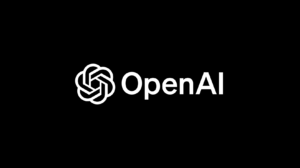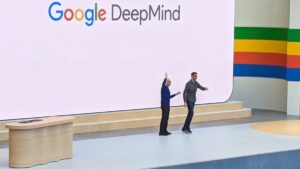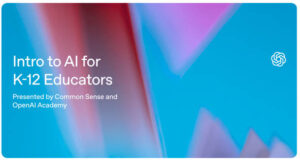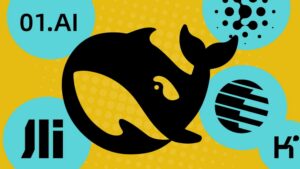New ‘Reasoning’ Models o3 and o4-mini Introduced by OpenAI
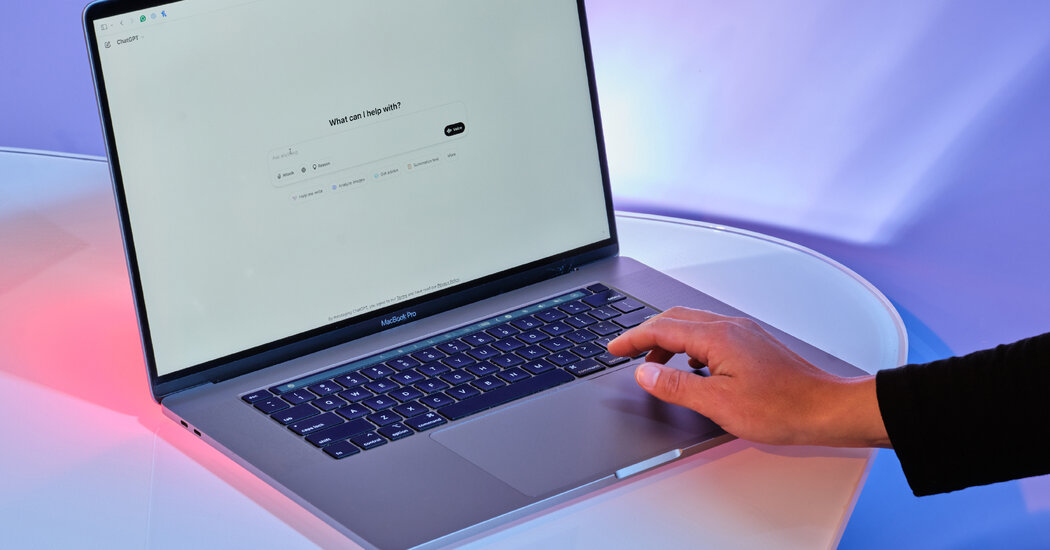
OpenAI’s New Reasoning Technology
In September, OpenAI launched advanced A.I. technology capable of reasoning through various tasks, which include math, coding, and scientific queries. With the latest development, this technology has expanded to handle inquiries involving images, such as sketches, diagrams, and posters.
Introduction of OpenAI o3 and o4-mini
On a recent Wednesday, OpenAI introduced two new models, OpenAI o3 and OpenAI o4-mini. These models are designed to perform tasks that blend both images and text, significantly enhancing the A.I.’s capabilities. As Mark Chen, the head of research at OpenAI, explained during a livestream, these new systems can manipulate, crop, and transform images to meet specific user needs.
Enhanced Functionality
These new systems are not just limited to processing images; they can also generate images, browse the web, and utilize various digital tools. Unlike earlier versions of the ChatGPT chatbot, these reasoning systems focus more on "thinking" before responding to queries. This approach allows them to provide well-considered answers instead of delivering immediate responses.
The Drive for Complex Reasoning
OpenAI’s efforts align with a broader trend in the tech industry, where companies such as Google, Meta, and Chinese start-up DeepSeek are also focusing on developing similar reasoning technologies. The primary objective is to create systems capable of solving problems step by step, mimicking human reasoning. A significant application of these technologies is in the field of computer programming, where A.I. can assist in writing code.
Technical Framework Behind Reasoning A.I.
The recent advancements of OpenAI are based on large language models (L.L.M.s). To refine these reasoning systems, companies employ a method known as reinforcement learning. During this process, systems learn behaviors through extensive testing, helping them determine effective methods for solving various problems.
For example, when tackling math problems, the system can identify correct techniques and differentiate them from ineffective ones. By repeatedly practicing with a wide range of problems, the systems can discern patterns and improve their reasoning over time.
Capability to Handle Text and Visual Data
OpenAI’s latest models can address challenges that involve both textual and visual information. However, it’s important to note that these reasoning systems do not replicate human thought processes exactly. Like other A.I. technologies, they can sometimes make mistakes or produce incorrect information, a phenomenon often referred to as "hallucination."
Codex CLI: A New Tool for Programmers
In addition to the reasoning systems, OpenAI revealed a new tool named Codex CLI. This tool is intended to simplify programming tasks associated with o3 and o4-mini. Known as an A.I. agent, Codex CLI allows programmers to integrate these advanced A.I. models with their existing code seamlessly. OpenAI has decided to open source this tool, providing free access to its underlying technology, encouraging modifications and the creation of new features by programmers and businesses.
Availability and Subscription Plans
Starting from the announcement date, OpenAI’s new systems are available for subscribers to ChatGPT Plus, which costs $20 per month, and ChatGPT Pro, priced at $200 per month, giving access to all the latest tools developed by OpenAI.
Legal Challenges
It is noteworthy that OpenAI and its partner Microsoft are facing a copyright infringement lawsuit from The New York Times related to the A.I. systems. Both companies have denied these allegations, but the case underscores the complexities and challenges that arise as A.I. technology evolves.


